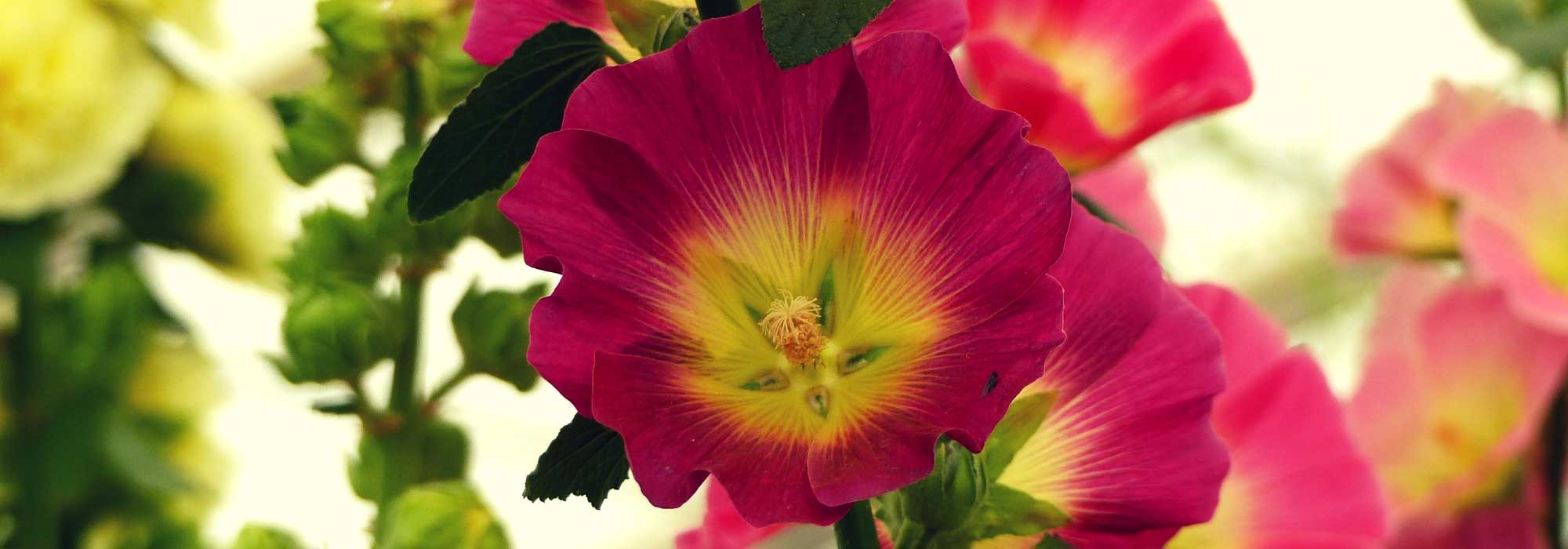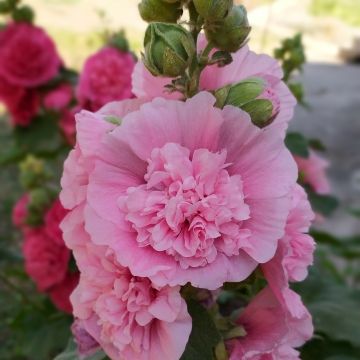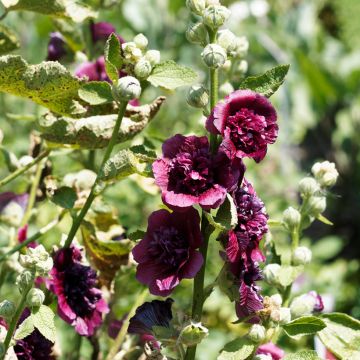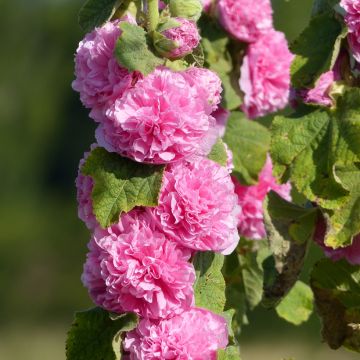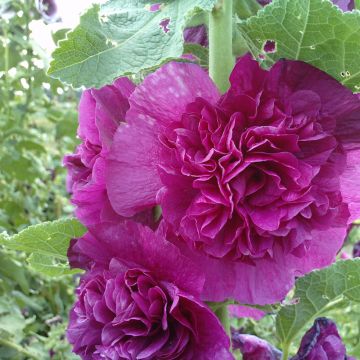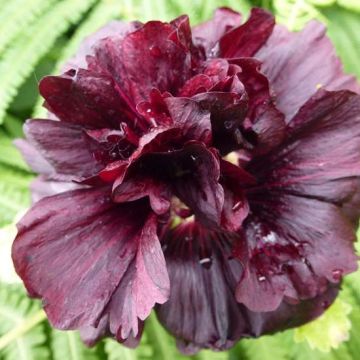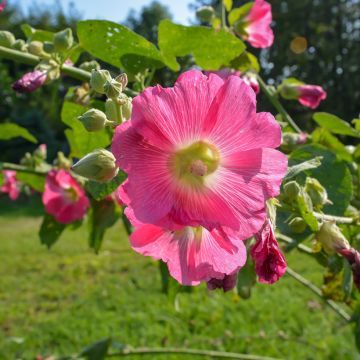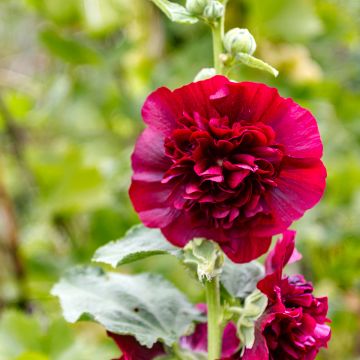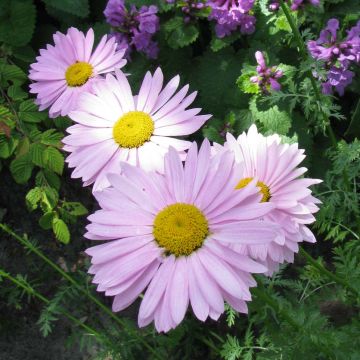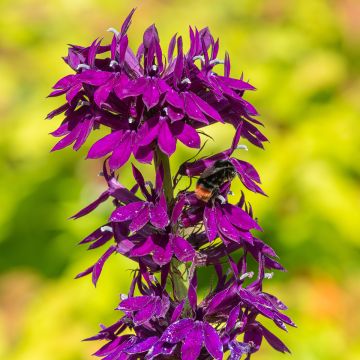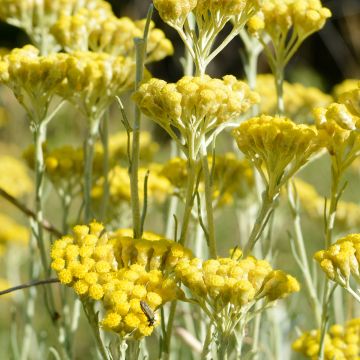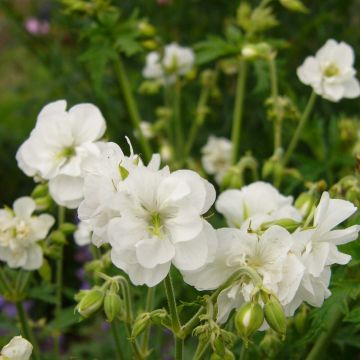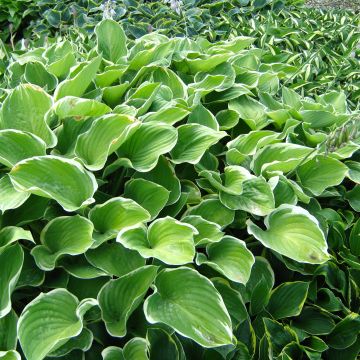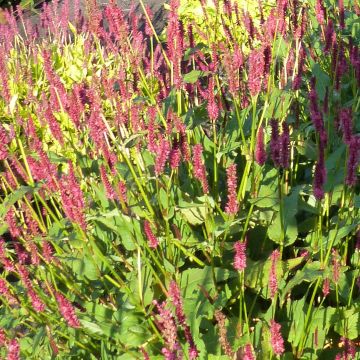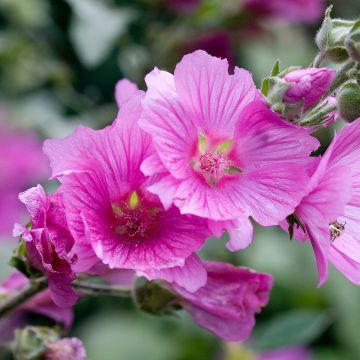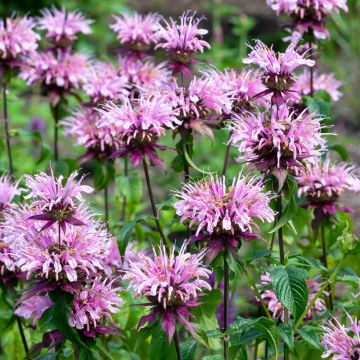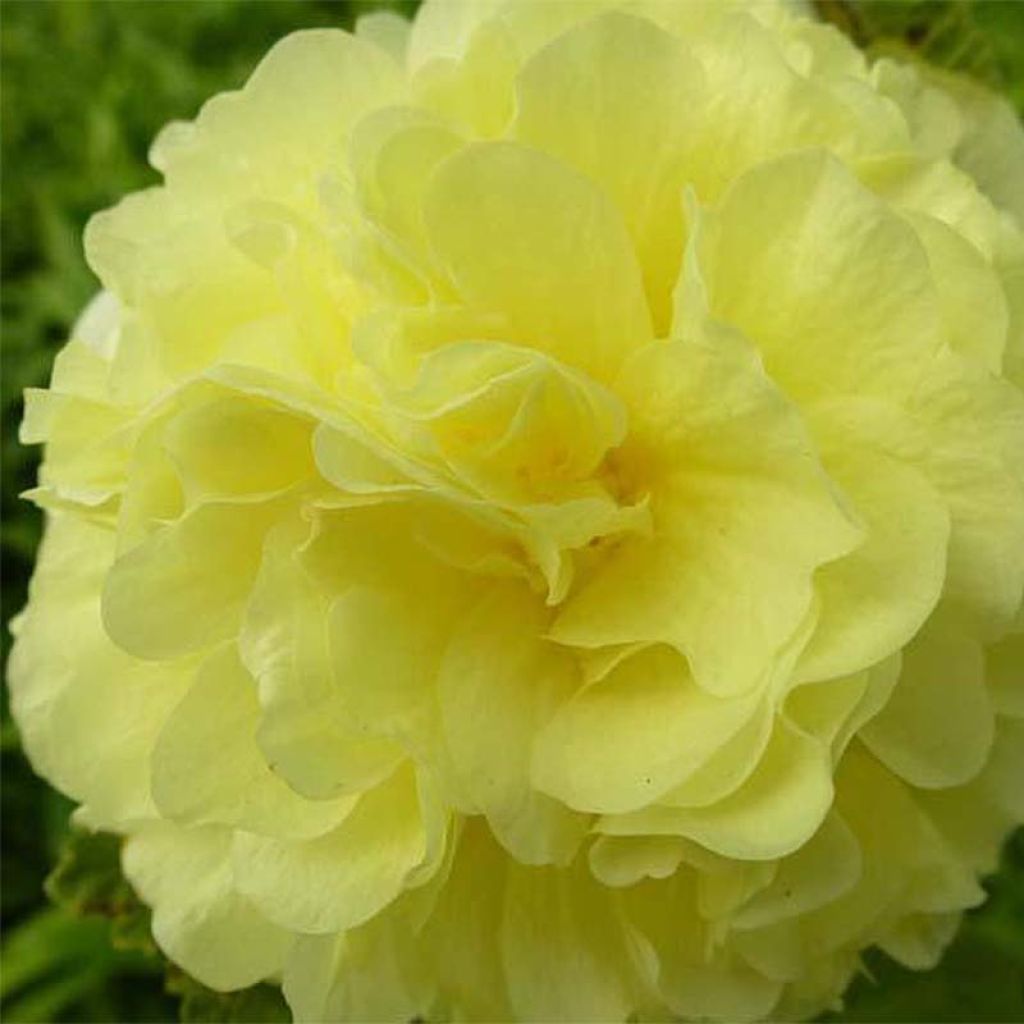

Alcea rosea Chaters Double Jaune - Hollyhock
Alcea rosea Chaters Double Jaune - Hollyhock
Alcea rosea Chater's Double Jaune
Hollyhock
Arrived in superb condition, well suited to the garden. Perfect.
J.williams , 28/04/2025
Special offer!
Receive a €20 voucher for any order over €90 (excluding delivery costs, credit notes, and plastic-free options)!
1- Add your favorite plants to your cart.
2- Once you have reached €90, confirm your order (you can even choose the delivery date!).
3- As soon as your order is shipped, you will receive an email containing your voucher code, valid for 3 months (90 days).
Your voucher is unique and can only be used once, for any order with a minimum value of €20, excluding delivery costs.
Can be combined with other current offers, non-divisible and non-refundable.
Home or relay delivery (depending on size and destination)
Schedule delivery date,
and select date in basket
This plant carries a 12 months recovery warranty
More information
We guarantee the quality of our plants for a full growing cycle, and will replace at our expense any plant that fails to recover under normal climatic and planting conditions.

Does this plant fit my garden?
Set up your Plantfit profile →
Description
In a whirlwind of large, light yellow and vibrant pompons, the large, very double flowers of this hollyhock or Alcea rosea Chater's Double Yellow lovingly intertwine on a stem taller than a man. This generous flowering continues as long as summer lasts in sunny flower beds. Often perennial in the south of France, it proves to be more ephemeral in cooler climates, where it is often grown as a biennial that easily self-seeds wherever it pleases. This plant thrives sheltered from strong winds, in deep soil, even occasionally dry.
The hollyhock is also known by its Latin name Althaea rosea, and its vernacular names adopt all the accents of our regions: it is called Passe-rose, Rose à bâton, Rose papale or primerose. From the mallow family, it originates from Asia Minor and is often naturalized in natural gardens, fallow lands, and mounds of soil.
'Chater's Double Yellow' is a variety with very double flowers derived from this wildflower. It is an upright, generally unbranched plant that can reach a height of 2m (7ft) to 2.5m (8ft). It forms a rosette of rounded leaves with 5 or 7 lobes, from which a robust flower stalk emerges, with very rapid growth. These spike-like inflorescences are covered with large buds that open, staggered from June to August, and from the bottom to the top, into large ephemeral flowers with very double corollas whose texture wonderfully reflects light. They display a delightful hue, and their undulations seem woven from crepe. Throughout this period, they will attract bees and butterflies to your garden. The flowering gives way to numerous fruits filled with seeds that self-sow in the most unexpected areas, wherever it chooses: at the base of walls, in poor and rocky soils, crevices in walls, etc.
Widespread in abandoned gardens or fallow lands in our countryside, the hollyhock is often cultivated at the back of flower beds or against a wall that protects it from strong winds. The pale yellow pompons of this variety can be combined with dark or light, simple or double forms, against a wall or against a hedge of conifers. This plant is said to be tolerant to juglone, a substance secreted by walnut roots; its installation could be attempted at the base of this tree, if there is sufficient light, however. The hollyhock is an edible plant, the flower buds can be consumed raw in salads and the young leaves raw or cooked.
The hollyhock is both ornamental and medicinal. Its seeds are used to extract an oil with drying properties. Rich in mucilage, it has soothing, emollient, expectorant, laxative, and appetizing properties, albeit milder than those of its cousin, the Marshmallow (Althea officinalis) used by herbalists.
Alcea rosea Chaters Double Jaune - Hollyhock in pictures
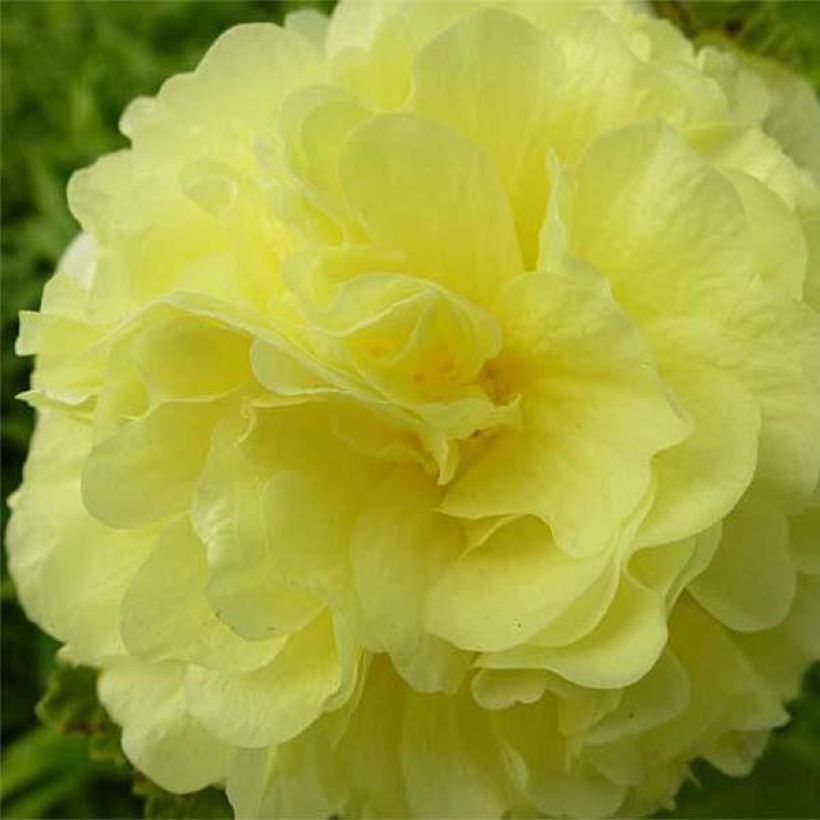

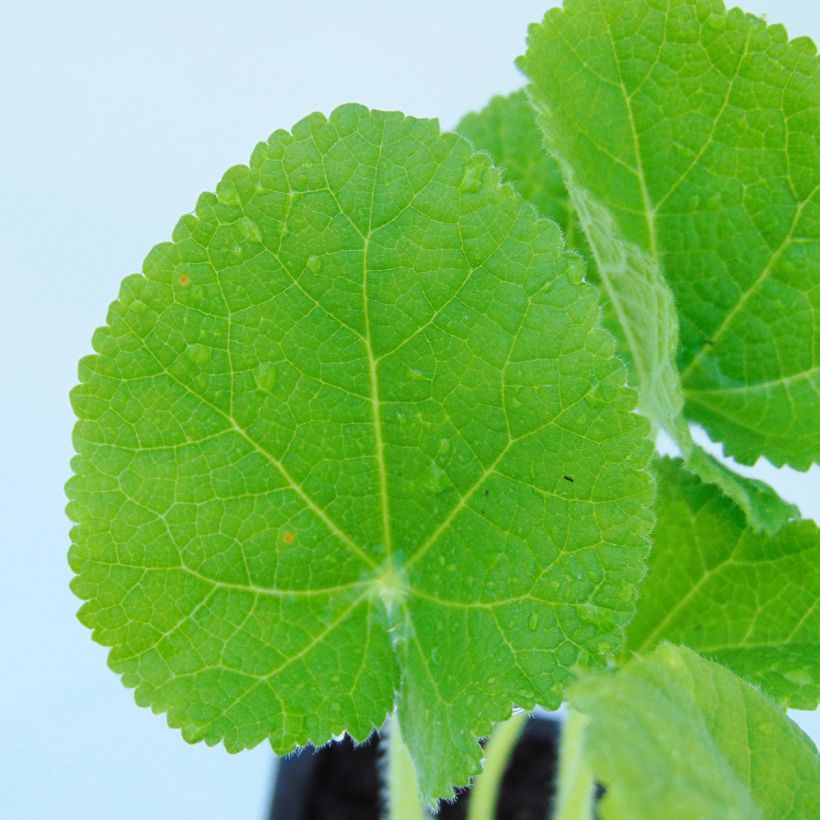

Flowering
Foliage
Plant habit
Botanical data
Alcea
rosea
Chater's Double Jaune
Malvaceae
Hollyhock
Cultivar or hybrid
Other Alcea rosea - Hollyhocks
View all →Planting and care
Trémière flowers appreciate warm, sheltered positions, sunshine, and can adapt to ordinary soil, even clayey, limestone, poor or stony soil. Sometimes it is necessary to stake them. These plants with taproot do not appreciate being transplanted when they are too developed. Care must be taken not to break this taproot during handling. The rosea species is drought-resistant and very hardy, it is susceptible to slugs and particularly sensitive to rust in case of rainy summers. Excess moisture should be avoided and preventive treatment with a fungicidal is recommended.
In October, remove the faded flower stalks.
Planting period
Intended location
Care
Planting & care advice
-
, onOrder confirmed
Reply from on Promesse de fleurs
Similar products
Haven't found what you were looking for?
Hardiness is the lowest winter temperature a plant can endure without suffering serious damage or even dying. However, hardiness is affected by location (a sheltered area, such as a patio), protection (winter cover) and soil type (hardiness is improved by well-drained soil).

Photo Sharing Terms & Conditions
In order to encourage gardeners to interact and share their experiences, Promesse de fleurs offers various media enabling content to be uploaded onto its Site - in particular via the ‘Photo sharing’ module.
The User agrees to refrain from:
- Posting any content that is illegal, prejudicial, insulting, racist, inciteful to hatred, revisionist, contrary to public decency, that infringes on privacy or on the privacy rights of third parties, in particular the publicity rights of persons and goods, intellectual property rights, or the right to privacy.
- Submitting content on behalf of a third party;
- Impersonate the identity of a third party and/or publish any personal information about a third party;
In general, the User undertakes to refrain from any unethical behaviour.
All Content (in particular text, comments, files, images, photos, videos, creative works, etc.), which may be subject to property or intellectual property rights, image or other private rights, shall remain the property of the User, subject to the limited rights granted by the terms of the licence granted by Promesse de fleurs as stated below. Users are at liberty to publish or not to publish such Content on the Site, notably via the ‘Photo Sharing’ facility, and accept that this Content shall be made public and freely accessible, notably on the Internet.
Users further acknowledge, undertake to have ,and guarantee that they hold all necessary rights and permissions to publish such material on the Site, in particular with regard to the legislation in force pertaining to any privacy, property, intellectual property, image, or contractual rights, or rights of any other nature. By publishing such Content on the Site, Users acknowledge accepting full liability as publishers of the Content within the meaning of the law, and grant Promesse de fleurs, free of charge, an inclusive, worldwide licence for the said Content for the entire duration of its publication, including all reproduction, representation, up/downloading, displaying, performing, transmission, and storage rights.
Users also grant permission for their name to be linked to the Content and accept that this link may not always be made available.
By engaging in posting material, Users consent to their Content becoming automatically accessible on the Internet, in particular on other sites and/or blogs and/or web pages of the Promesse de fleurs site, including in particular social pages and the Promesse de fleurs catalogue.
Users may secure the removal of entrusted content free of charge by issuing a simple request via our contact form.
The flowering period indicated on our website applies to countries and regions located in USDA zone 8 (France, the United Kingdom, Ireland, the Netherlands, etc.)
It will vary according to where you live:
- In zones 9 to 10 (Italy, Spain, Greece, etc.), flowering will occur about 2 to 4 weeks earlier.
- In zones 6 to 7 (Germany, Poland, Slovenia, and lower mountainous regions), flowering will be delayed by 2 to 3 weeks.
- In zone 5 (Central Europe, Scandinavia), blooming will be delayed by 3 to 5 weeks.
In temperate climates, pruning of spring-flowering shrubs (forsythia, spireas, etc.) should be done just after flowering.
Pruning of summer-flowering shrubs (Indian Lilac, Perovskia, etc.) can be done in winter or spring.
In cold regions as well as with frost-sensitive plants, avoid pruning too early when severe frosts may still occur.
The planting period indicated on our website applies to countries and regions located in USDA zone 8 (France, United Kingdom, Ireland, Netherlands).
It will vary according to where you live:
- In Mediterranean zones (Marseille, Madrid, Milan, etc.), autumn and winter are the best planting periods.
- In continental zones (Strasbourg, Munich, Vienna, etc.), delay planting by 2 to 3 weeks in spring and bring it forward by 2 to 4 weeks in autumn.
- In mountainous regions (the Alps, Pyrenees, Carpathians, etc.), it is best to plant in late spring (May-June) or late summer (August-September).
The harvesting period indicated on our website applies to countries and regions in USDA zone 8 (France, England, Ireland, the Netherlands).
In colder areas (Scandinavia, Poland, Austria...) fruit and vegetable harvests are likely to be delayed by 3-4 weeks.
In warmer areas (Italy, Spain, Greece, etc.), harvesting will probably take place earlier, depending on weather conditions.
The sowing periods indicated on our website apply to countries and regions within USDA Zone 8 (France, UK, Ireland, Netherlands).
In colder areas (Scandinavia, Poland, Austria...), delay any outdoor sowing by 3-4 weeks, or sow under glass.
In warmer climes (Italy, Spain, Greece, etc.), bring outdoor sowing forward by a few weeks.






























